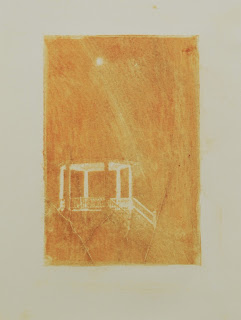9 AM - Alarm Clock on phone
9-9:10 - checked email, instagram and facebook
9:10-10:30- did laundry and watched tv
10:30-10:40 - listened to pandora on my walk to class
12-12:30 - listened to pandora while folding/ putting away clothes
12:30-1- watched netflix while doing homework
1:30-2:15- reading for class (online)
2:20-2:40- listened to pandora/ checked facebook, insta, and email
2:40-4:30 - took class notes on laptop
5-6 - did homework on laptop
6:30-7:40 - tennis team listened to music during practice
8-8:30 - worked on animation project in computer lab
8:50-9 - listened to music while showering
9:40-present - typed this blog post
rest of the night I will watch netflix or tv until I go to bed at 11:30 PM
I text often so it is difficult to keep track of that Total: about 10 hours
For this challenge we were told to take note of how often we use technology on a typical day. I was very busy this weekend and I know that the amount of technology I would have been far less than what it is for me on a typical school day which is why I waited until Monday to track my use because I was curious how much technology effects my personal life.
I have come to the conclusion that I use technology a lot and I do not know where I would be without it. I also understand why my mom gets so upset with me when I am on my phone all the time. I realized that I turn on Pandora whenever I am alone because I do not like the quite very much and I often multitask like listening to music while doing homework or watching TV while folding clothes. I also noticed that the workload that I am doing for school right now is more computer dependent than the semesters I have had in the past. I am required to do most, if not all, of my readings that are posted on blackboard, typing notes for class are quicker and more efficient at times, and the homework I have to turn in is also online.
What I hope to take from this experience is that I want to start limiting the amount of time that I am indulging in technology. I can start to print my readings, and maybe just taking a break from my phone for like and hour or two a day when I am doing my homework (it's distracting anyway). And I also hope that one day in the future I can go a full day without using technology.


.jpg)










































